The Soviet Union initiated the development of the Tu-160 during the Cold War when the competition in all areas of the military-industrial complex was intense.
The rising importance of aircraft in warfare during that period, in particular, their bombing capabilities was of heavy focus to the US as well as the Kremlin.
However, the late 80s and early 90s were not the most thriving years for the people of Russia. In contrast, they were characterized by instability and eventually the dissolution of the Soviet Union, but the project to develop a strategic bomber would not stop and after multiple decades of development this project resulted in the “White Swan” – the nickname given by the Russian Air Force.

Tu-160 still remains one of the most impressive combat aircraft ever produced. It was designated to be a heavy strategic bomber with variable-sweep wings with an enormous size of 54.1 meters (177.5 ft) length and a weight of 110 tons when empty.
The aircraft is powered by four Kuznetsov NK-321 engines, each of which produced an unprecedented 245 kN (55,000 lbf) thrust with an afterburner. The first Tu-160 was built in the early 90s, however, it would only enter the service in 2014, achieving an impressive list of more than forty records of speed.
Her first combat debut, was her participation in the Syrian War, where she led a series of airstrikes, while it is reported that she also engaged in the Ukrainian War in 2022. It still remains the largest operational bomber in the world. NATO uses Blackjack as its reporting name.
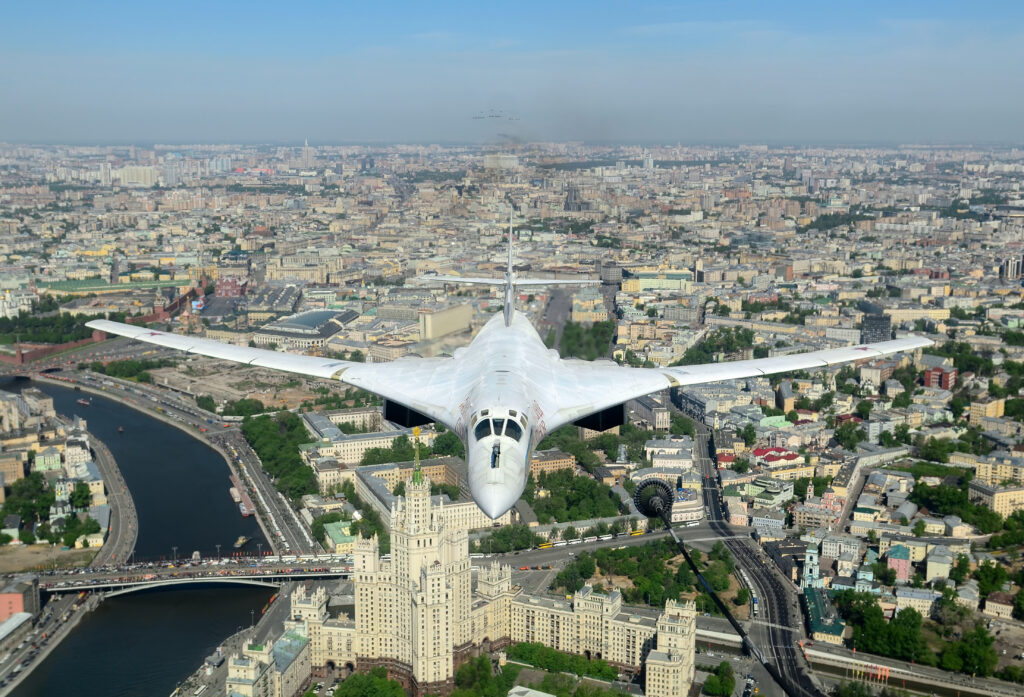
Contents
- Development
- Operational History
- Tu-160 Missile Capacity
- Future of the Tu-160
- Differences: B1 vs. Tu-160
Development
Though the first movements to develop a supersonic bomber were made late in the 60s, it was in 1972 that the Soviet Union decided to pursue the idea and opened a competition for the new bomber.
Read More: The US found an Air Force Buried in the Desert
The motive behind the competition for the supersonic bomber was to challenge the US Air Force’s B-1 strategic bomber.
The set of requirements for the competition was short. It should incorporate variable-sweep wings, have a maximum speed of Mach 2.3 and be able to carry a heavy payload. Tupolev, Myasishchev, and Sukhoi submitted their proposals, with Tupolev’s 160M design edging Myasishchev’s M-18 and Sukhoi’s T-4.
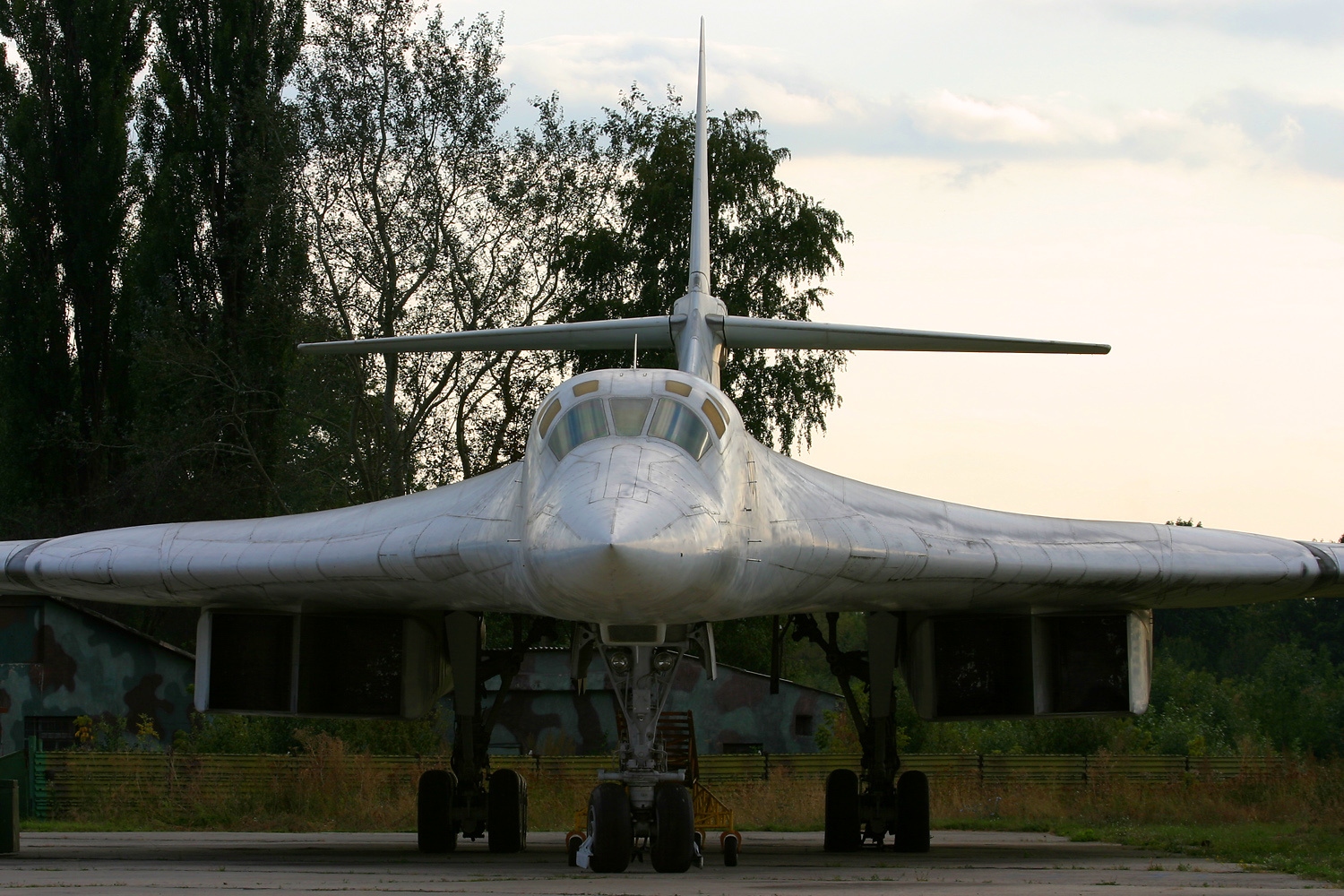
This design received the approval of the Soviet committee and entered the development phase. The first glimpse from the public of the White Swan was taken in November 1981, when it was photographed by a passenger at the Zhukovsky Airfield. Only a month later the aircraft would complete its first flight.
The engineers integrated the variable-sweep wing system into the blended wing body (BWB) profile of the aircraft. Whilst enormous in size (the biggest bomber ever built) the empty weight of 110,000 kg (220,000 lbs) is extremely high even though titanium was used for 30% of its body.
Considering its sheer size, this plane had to be powered by four Kuznetsov NK-32 afterburning turbofan engines, each of which provided a thrust of 137.3 kN (30,900 lbf) dry, 245 kN (55,000 lbf) with an afterburner.

These levels of thrust had never been seen before in a combat aircraft. The engines along with the variable intake ramps enabled the Tu-160 to achieve and exceed Mach 2 at altitude. Even though the aircraft could carry an enormous amount of payload including 130,000 kg (290,000 lb) of fuel in its internal tanks, it had an aerial refuelling system for use in long-range missions.
The “Blackjack”, the name used by NATO for the aircraft, is designed to host four operators, which include the pilot, the copilot, the bombardier, and the defence systems operator. Each of the personnel has a K-36LM ejection seat, which is commonly used for fighter airplanes such as the Su-27 and MiG-29.
When it comes to avionics, it is equipped with two separate radars, a TsNPO Leninets Obzor-K radar to track targets on the ground and air and a Sopka terrain-following radar. Despite the efforts, the “Blackjack” is not considered a stealth aircraft.
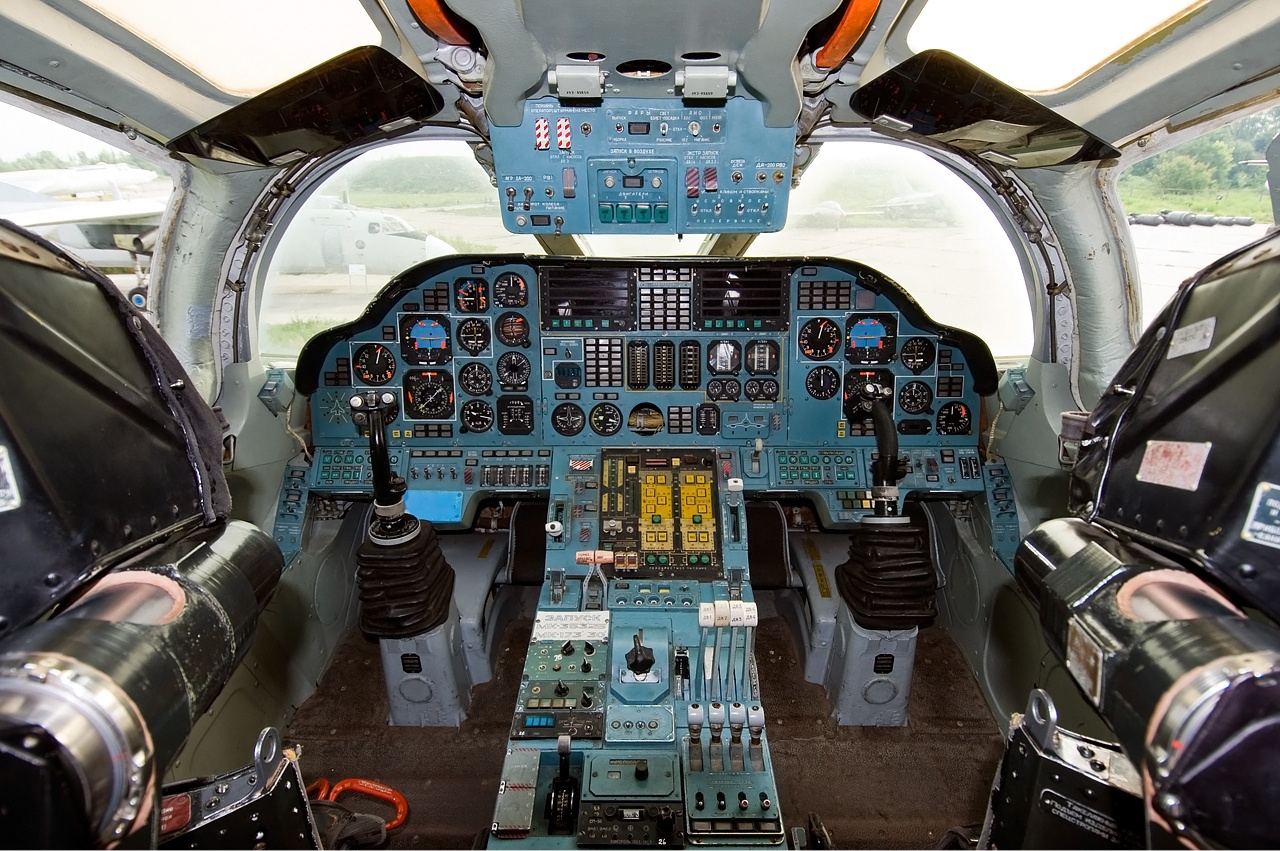
Considering its primary mission as a strategic bomber, this aircraft was built to carry heavy loads of armaments, with two internal bays that combined could carry 45,000kg (100,000lbs) of munitions.
These munitions could be free-fall dropped on targeted locations. Similar to its nemesis B-1 Lancer, the “Blackjack” employed a rotary launcher mechanism for its nuclear missiles.
The Tu-160 could also carry an external payload. Despite the resemblance in shape to the B-1 Lancer, this plane was designed to be larger and faster. The downside is the lack of defensive weapons, leaving it vulnerable to being intercepted by NATO fighters.
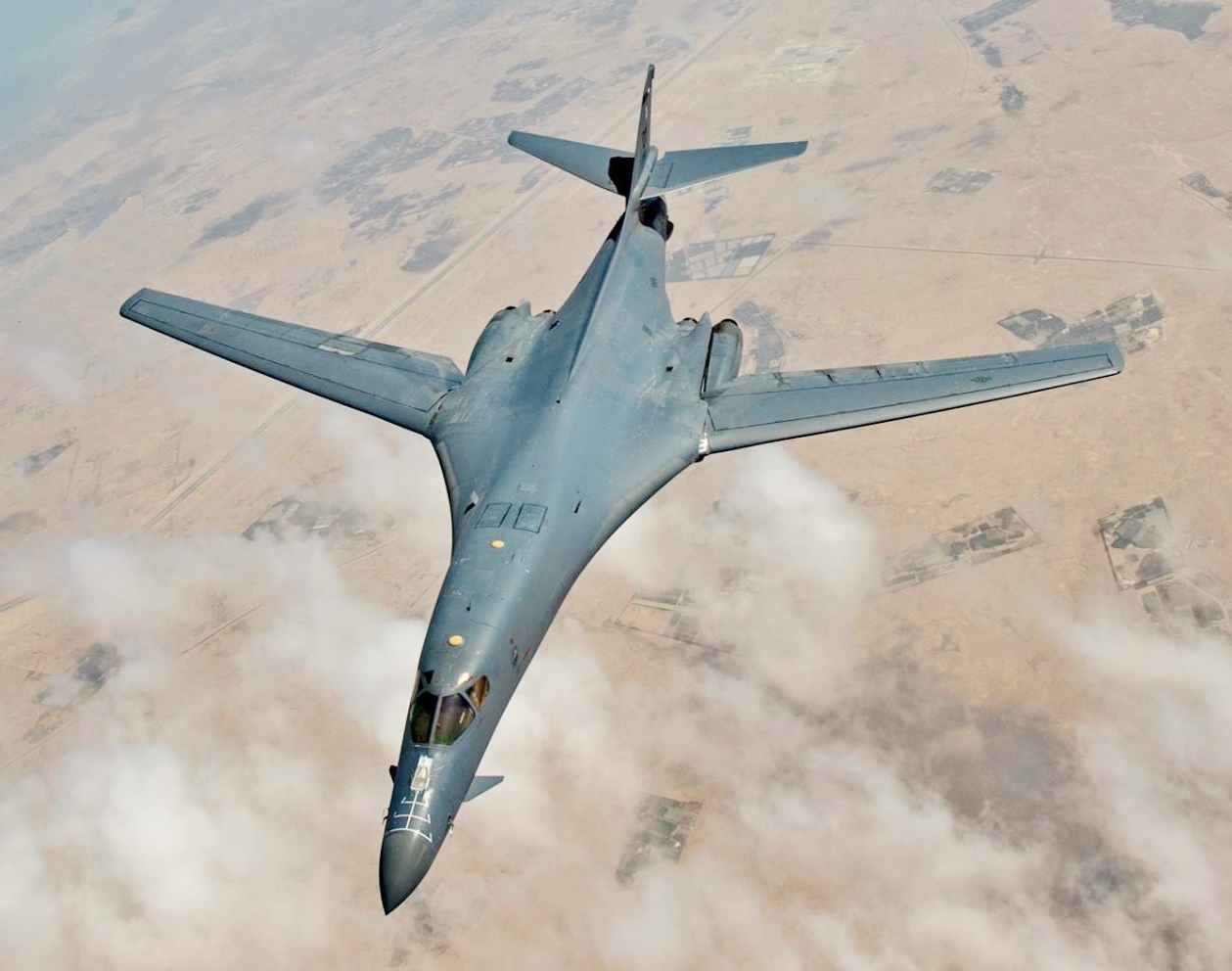
Because of its anti-flash white colour, which was used to reflect radiation from nuclear explosions, this aircraft received its Russian nickname “The White Swan”.
Many different versions were proposed for the “White Swan” including Tu-160V with liquid nitrogen fuel, Tu-160P long-range fighter version, Tu-160PP electronic warfare, and Tu-160R reconnaissance, but none of those versions made it to production.
Operational History
The “White Swan” first entered the service of the Soviet Air Force in April 1987. The Soviet 184th Guards Heavy Bomber Regiment, which was stationed in Soviet Ukraine at Pryluky Air Base, was the first unit to welcome it.
The plane began its operations in the same month. Two years later, in 1989, the “White Swan”, made its first official appearance at the 1989 Soviet parade. In the following year, testing began with the Tu-160 setting 44 different speed records and establishing the dominance of this strategic bomber over other aircraft of its category.
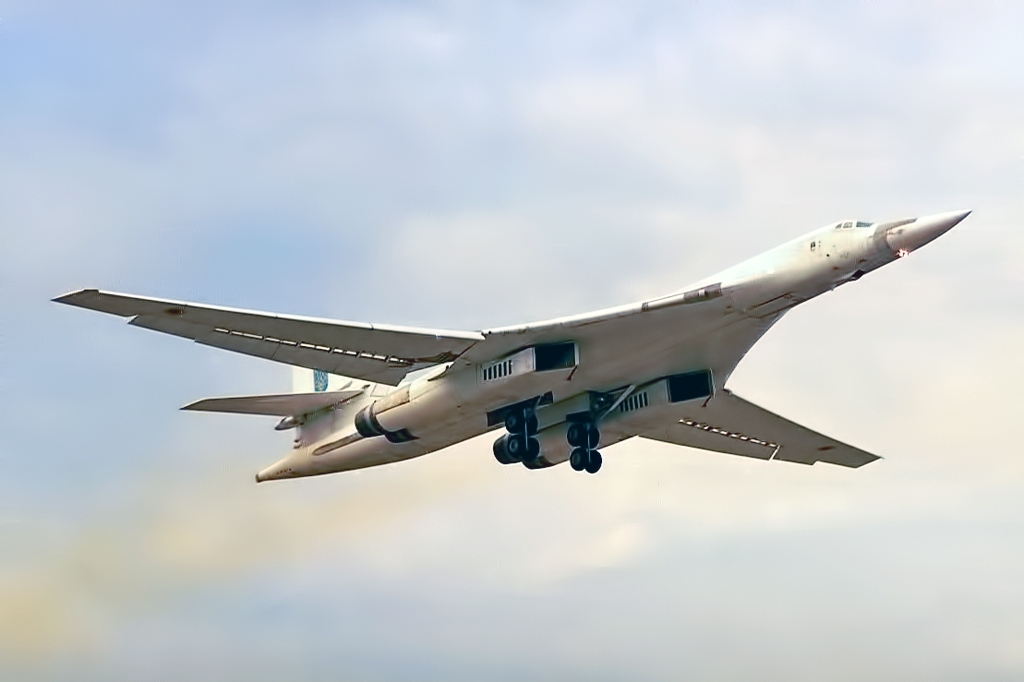
However, the political instability in the Union, which would lead to the disintegration of the USSR in 1991 and the massive drop in defence spending in the years that followed, impacted the production of the Tu-160.
In 1992, Russian President Yeltsin ordered the production of Tu-160s to stop leaving the tally at 35 aircraft built. 19 of these aircraft happened to be stationed in Ukraine at the time of the USSR dissolution.
With a special decree, the Ukrainian Parliament claimed ownership of all the military units and equipment in its territory, including 19 Tu-160s. Nevertheless, Ukraine was unable to provide technical support and maintenance for the aircraft, which made them practically useless in the military sense.

On the other hand, Russia was interested in uniting the Tu-160 fleet under the same flag, which led to negotiations between Russia and Ukraine to purchase the aircraft.
Due to the big differences in price, no agreement was achieved between Russia and Ukraine, with the latter deciding to deconstruct the Tu-160s. In November 1998 the first Tu-160s entered the process of deconstruction under the pretext of implementing the Nunn–Lugar Cooperative Threat Reduction agreement.
However, Russia would renew its interest to purchase the “White Swan” shortly after NATO began its bombing campaign on Yugoslavia in 1999.
Read More: Designed at Area 51 – The Secret Boeing Bird of Prey
Following that, Ukraine signed the agreement to sell eight Tu-160s, three Tu-95MS, and over 500 Kh-55SM cruise missiles to Russia, for a significantly low price of 285 million dollars.
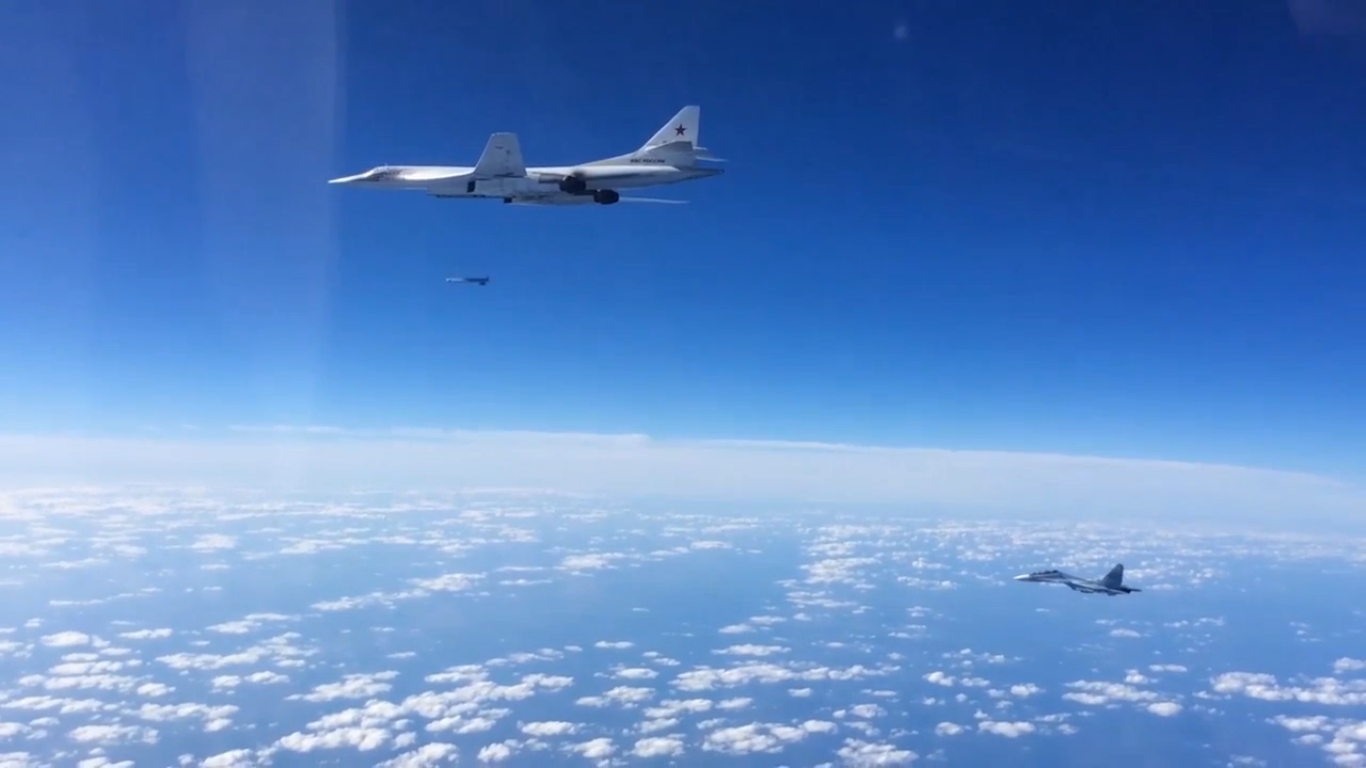
Though, Ukraine would not receive any cash, since the amount was deducted from its natural gas debt to Russia. The Russian Air Force would receive the aircraft between October 1999 and February 2001.
Despite the purchase from Ukraine, the Russian Ministry of Defense signed a contract to purchase a new Tu-160 from Kazan Aircraft Production Association (KAPA) in June 1999. In total by the end of 2001, the Russian Air Force had fifteen Tu-160s. A year later, a contract to put all fifteen aircraft under modernization was signed with KAPA.
The fleet was reduced to 14 after one “White Swan” crashed during flight trials in 2003. It took another 3 years for the aircraft to start showing its muscles to other countries’ air forces. In 2006, a three-star Russian General reported that Tu-160s went undetected over a US-controlled Arctic region.

A year later Russian President Putin resumed strategic aviation flights after 16 years of pause. In the same year, Tupolev’s aircraft were intercepted by British, Norwegian, and Danish fighters on two separate occasions. The Russian Air Force would also claim that the “White Swan” deployed the massive thermobaric weapon “Father of All Bombs” for testing.
By 2008, Tu-160s had consolidated their position within the Russian Armed Forces, participating in the Russian Navy exercise in the Atlantic Ocean. In the same year, two “White Swans” would make their way to Venezuela for military manoeuvres.
The Russian Defense Ministry also requested a single Tu-160 annually or every two years until it reached a total of 30 aircraft.
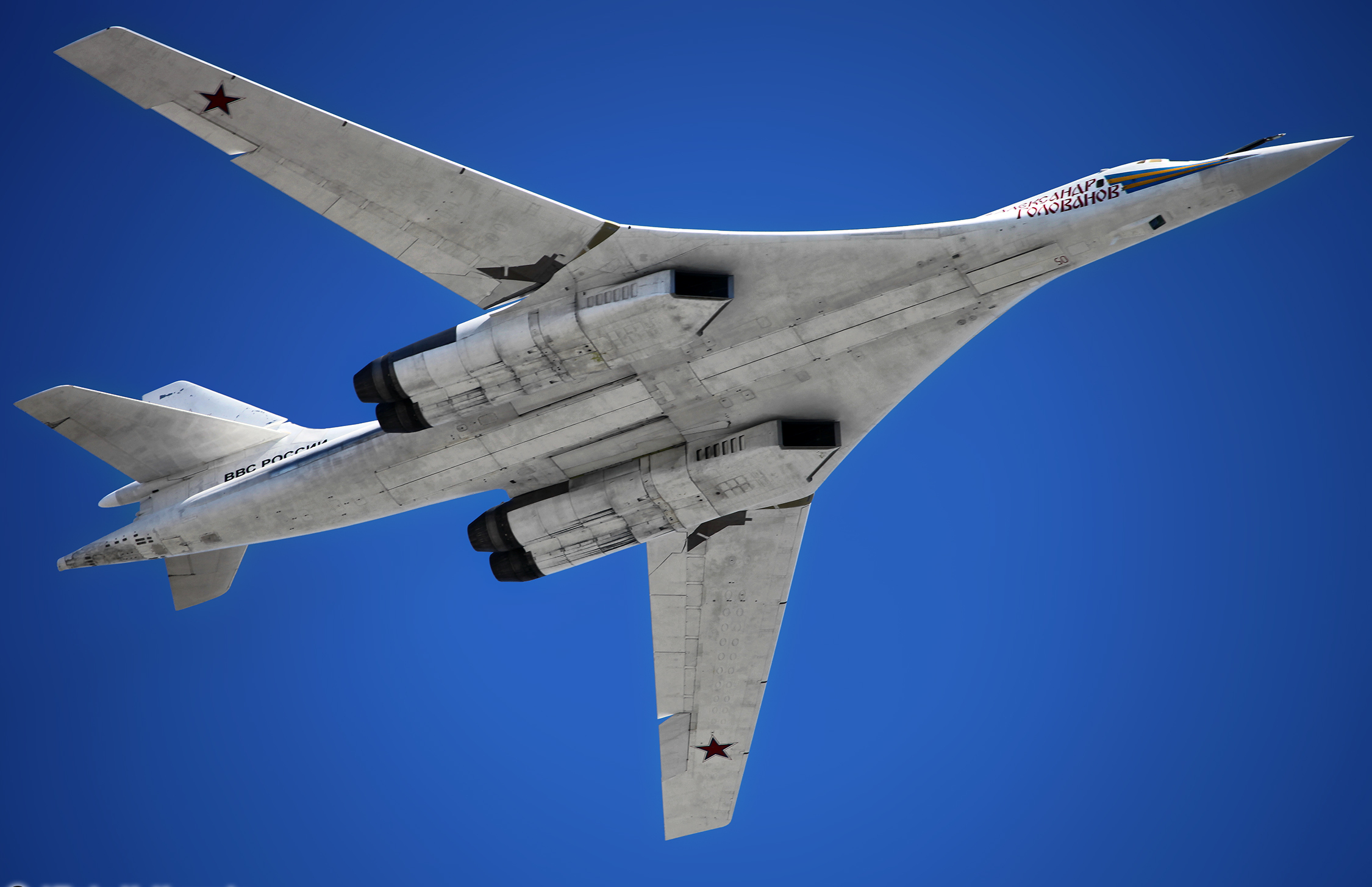
Over the following years, they would conduct massive exercises, including an exercise with over 10 other bombers, where it would launch a full complement of missiles. It also conducted a 23-hour patrol over 18,000 km (9,700 nmi), which was unprecedented for a plane its size.
The “White Swan” conducted its first combat mission in the Civil War in Syria in 2015. Along with the Tu-95MS, the Tu-160 conducted air strikes in Idlib and Aleppo provinces from the Mediterranean Sea using Kh-101 cruise missiles.
It was reported that these airstrikes destroyed 14 important targets in Syria. However, this was not the only war/intervention in which the Tu-160 took part. On at least two occasions the Ukrainian sources reported missiles launched by a “White Swan” hitting targets in Ukraine.

In March 2022, missiles launched from the Black Sea targeted Havryshivka Vinnytsia International Airport, while on June 2022, the Ukrainian Air Force reported missiles launched from Tu-160s near the Caspian region targeting Kyiv.
Prior to the engagements in Ukraine, the aircraft conducted joint flights with Belarussian fighters. The aircraft also set the world record in 2020, for staying in flight for 25 hours, with more than 20,000km flown. In 2019, the Tu-160 conducted its first flight to Africa, during a visit to South Africa.
How Many Missiles Can Tu-160 Carry?
The Tu-160 plane has the capacity to carry as many as 12 Kh-55 long-range missiles. It can also carry Kh-15 short-range missiles.
Future of the Tu-160
Tupolev’s giant received multiple upgrades during its modernization process over the years, including being equipped with new missiles in Kh-555 in 2015, and new improved engines which started to be delivered in August 2022.
However, in 2015, Russian President Putin requested the Russian Air Force to purchase 50 new Tu-160M2, with some of them planned to be delivered in 2023. This ensures that the Tu-160s are planned to remain in the Russian Air Force Service for a long period to come. As of June 2022, there were 18 “White Swans” in the Russian Air Force Service.
The idea of a civilian passenger transport version of the Tu-160s was pushed by Russian President Putin in 2018, but there was no work initiated in that regard.
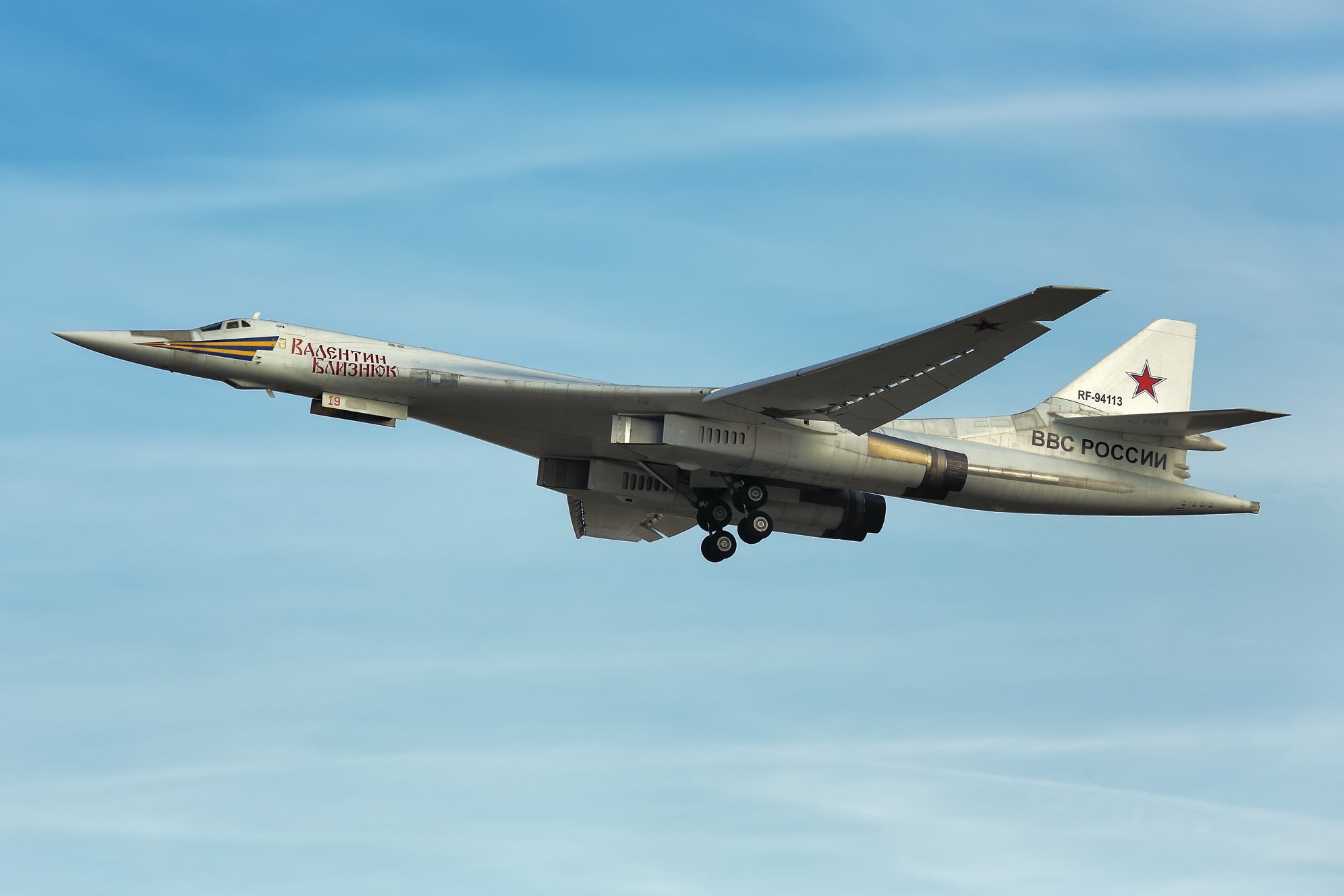
The modernized Tu-160s (M2), which were estimated to cost 270 million dollars per unit, attracted the attention of the Indian government. In August 2022, it was reported that the Indian Air Force expressed its intention to purchase up to six Tu-160s from Russia, in response to a potential two-front conflict with China and Pakistan.
Read More: MiG-21 Fishbed – The AK-47 of Combat Aircraft
If these aircraft entered the Indian Air Force service, India would become only the 4th country to possess strategic bombers after the US, Russia, and China. The latter has already placed some of its H-6Ks strategic bombers right on the border with India, increasing the alarm for a potential conflict.
The Tu-160M2 variant would tackle the lack of defensive capabilities, integrating air-to-air missiles for enemy interceptor aircraft.
With many variants and production ongoing, it is highly likely the Tu-160 will be around for quite some time. The cost of designing and building these types of huge aircraft is so expensive that it is imperative to have them flying for years.
If you like this article, then please follow us on Facebook and Instagram.
Specifications
- Crew: 4 (pilot, co-pilot, bombardier, defensive systems officer)
- Length: 54.1 m (177 ft 6 in)
- Wingspan: 55.7 m (182 ft 9 in) wings spread (20°) / 35.6 m (117 ft) wings swept (65°)
- Height: 13.1 m (43 ft 0 in)
- Empty weight: 110,000 kg (242,508 lb)
- Max takeoff weight: 275,000 kg (606,271 lb)
- Powerplant: 4 × Kutznetsov NK-32 afterburning turbofan engines, 137.3 kN (30,900 lbf) thrust each dry, 245 kN (55,000 lbf) with afterburner
- Maximum speed: 2,220 km/h (1,380 mph, 1,200 kn) at 12,200 m (40,026 ft)
- Range: 12,300 km (7,600 mi, 6,600 nmi) practical range without in-flight refuelling
- Service ceiling: 16,000 m (52,000 ft)
- Rate of climb: 70 m/s (14,000 ft/min)
What Is The Difference Between B1 And Tupolev 160?
The Tu-160 and the B-1 are both impressive aircraft, but they have some differences. On paper, the Tu-160 seems to have the upper hand over the American B-1. It’s a faster and larger machine that can carry more within its bomb bay.
However, it’s important to note that the Tu-160 was built to compete with a different kind of B-1, so comparing their speed might not be meaningful.
Even though the Tu-160 has had a quieter service life, it hasn’t been without challenges. There have been conflicting reports about how many of them were airworthy. In fact, only four were reportedly in service in 2011.







